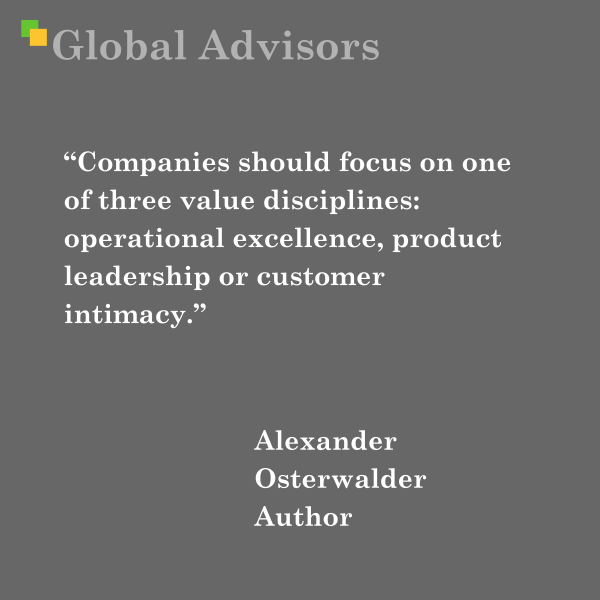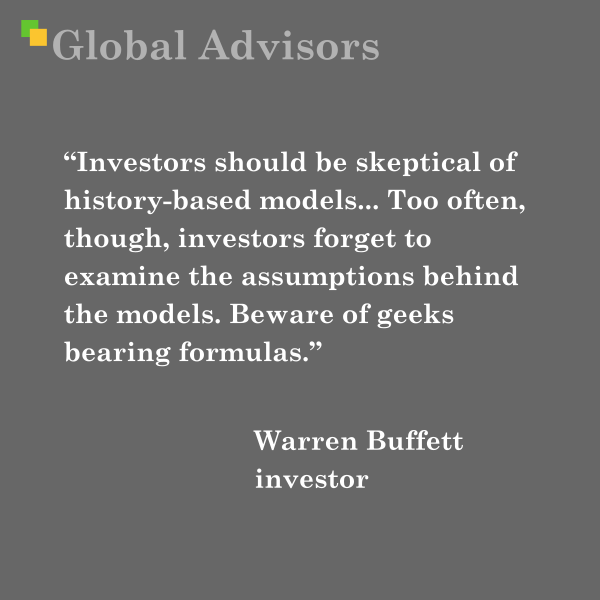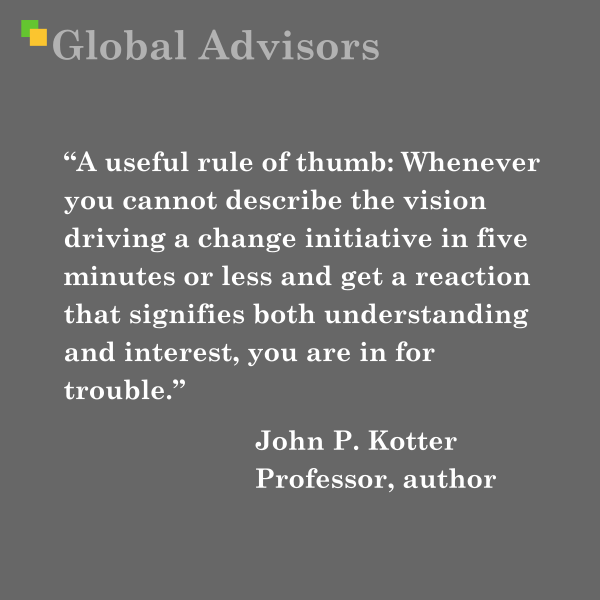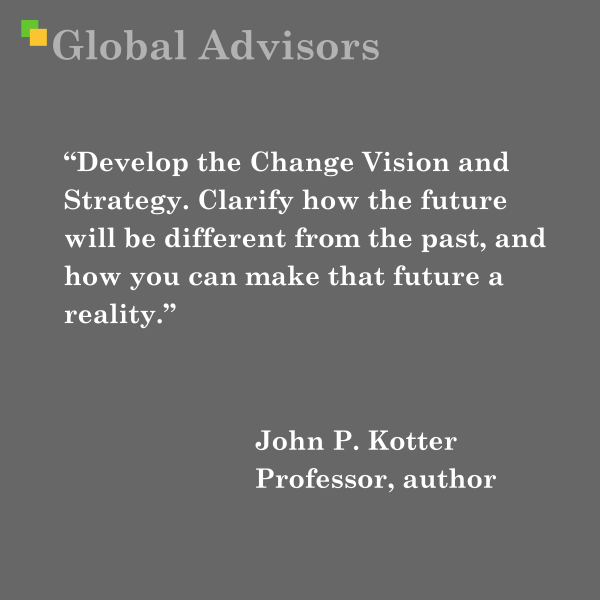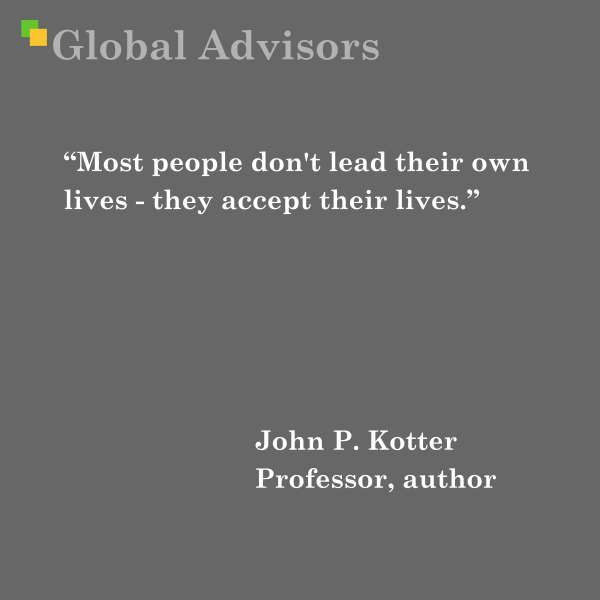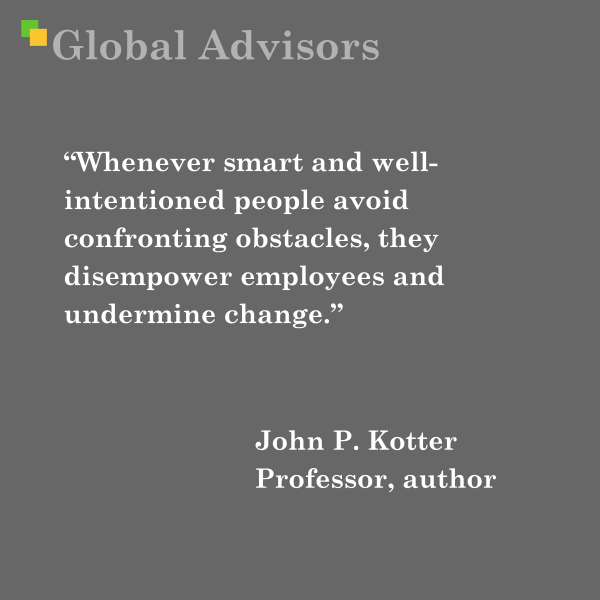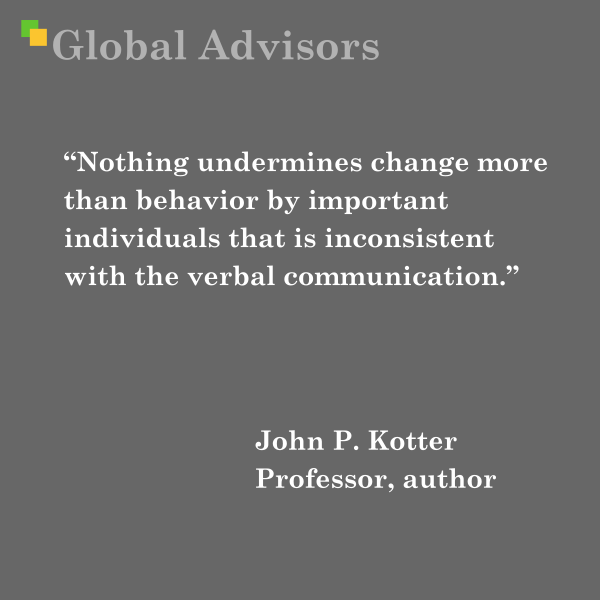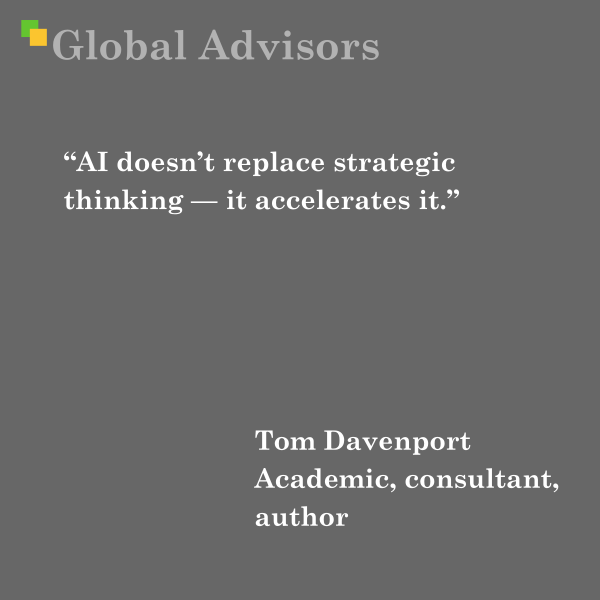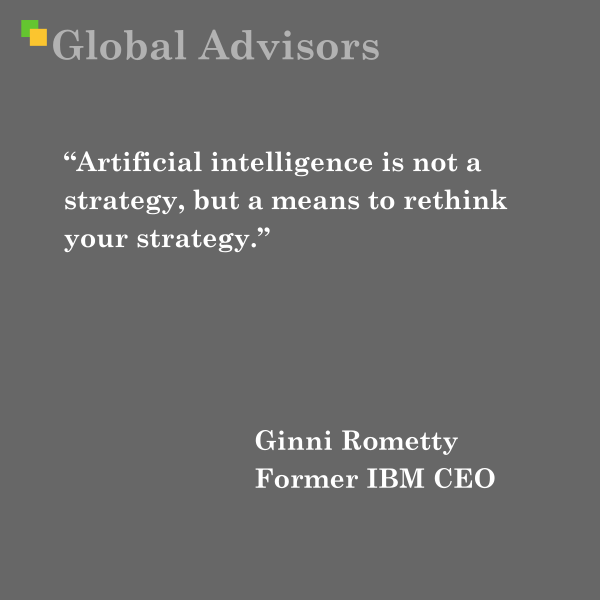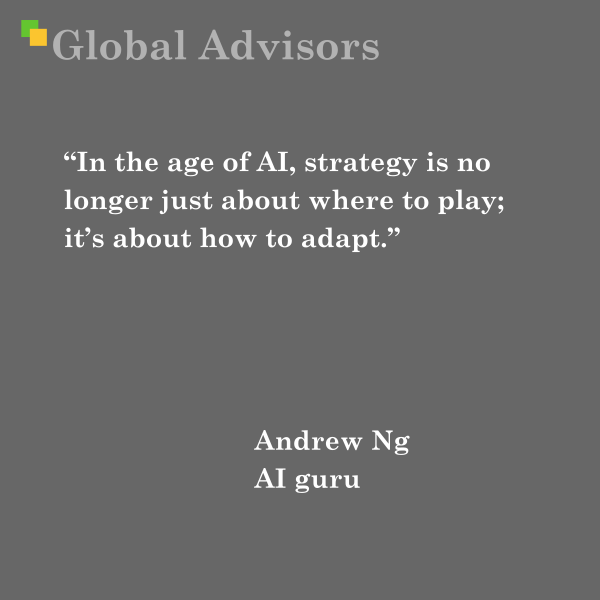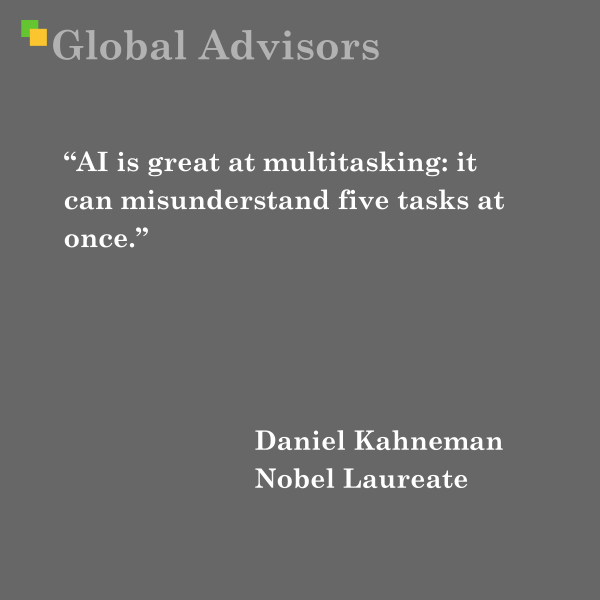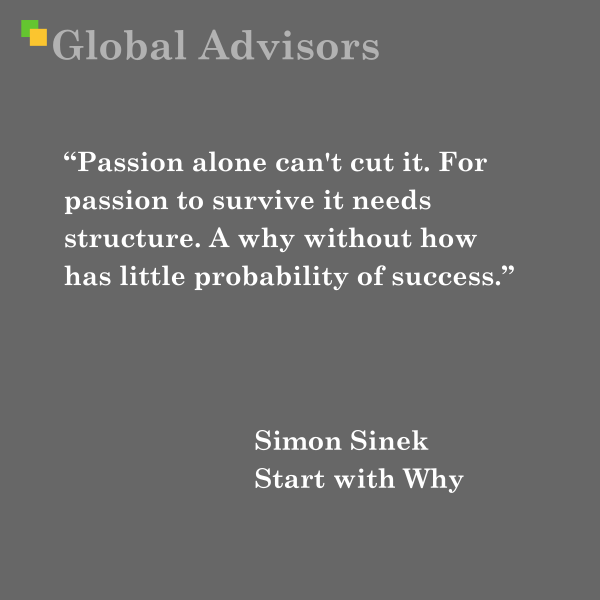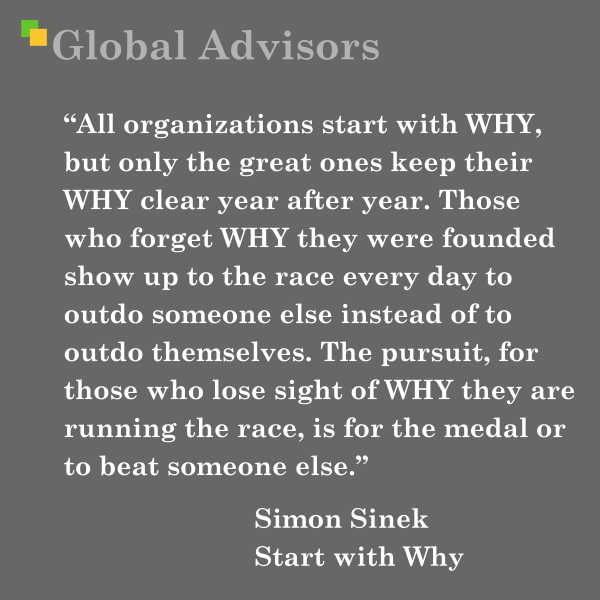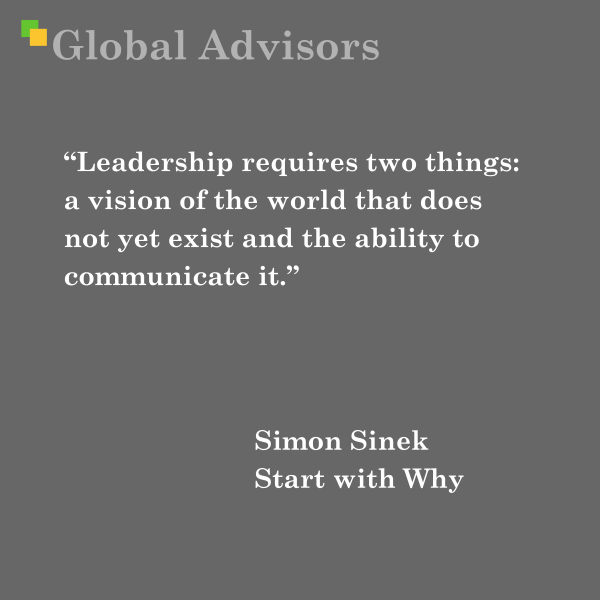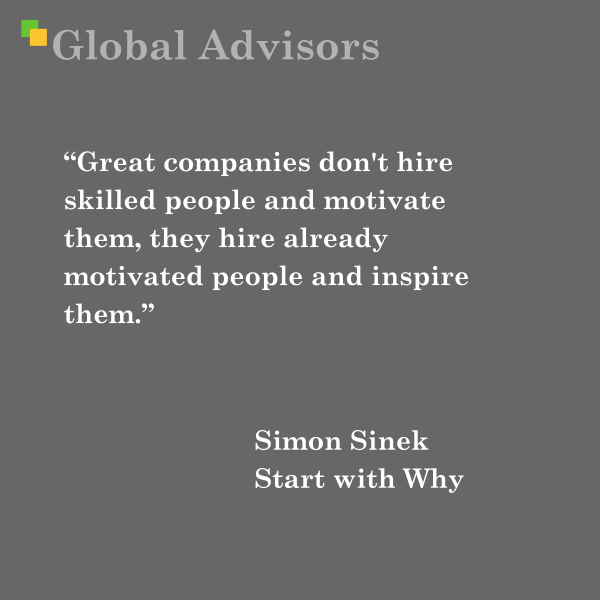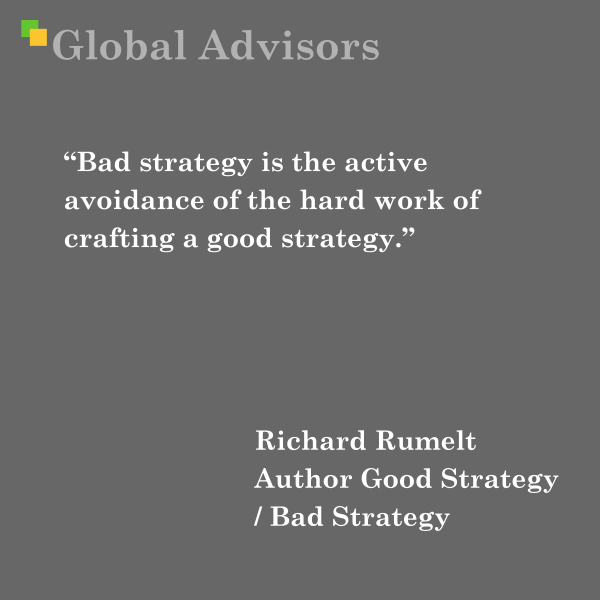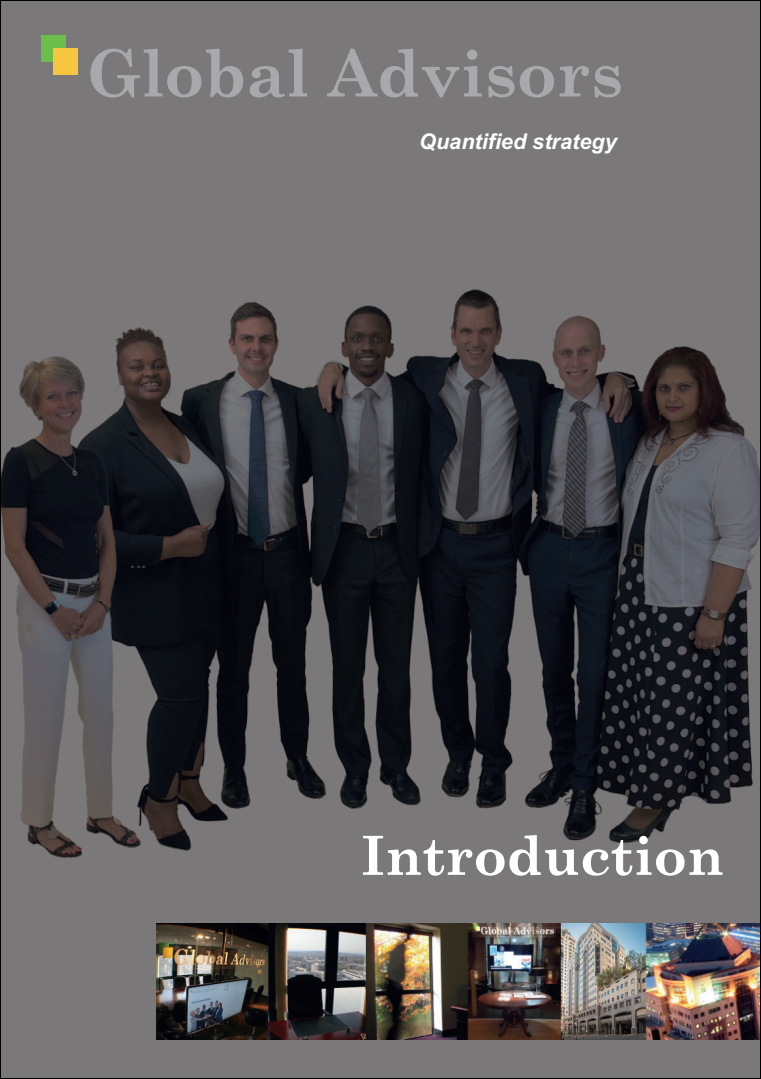“Companies should focus on one of three value disciplines: operational excellence, product leadership, or customer intimacy.”
– Alexander Osterwalder, Business Model Generation: A Handbook for Visionaries, Game Changers, and Challengers
The quote, “Companies should focus on one of three value disciplines: operational excellence, product leadership, or customer intimacy,” comes from Alexander Osterwalder’s influential work, Business Model Generation: A Handbook for Visionaries, Game Changers, and Challengers. This book, co-authored with Yves Pigneur and supported by hundreds of business practitioners worldwide, fundamentally reshaped how organizations approach designing, innovating, and understanding their business models.
Backstory and Context of the Quote
Osterwalder draws on the concept of value disciplines to guide organizations in carving out a distinct market position. The three value disciplines—operational excellence, product leadership, and customer intimacy—were popularized in strategic management as core focuses that companies should excel in to achieve competitive advantage. In Business Model Generation, Osterwalder emphasizes that sustainable success often requires unwavering commitment to one of these disciplines, rather than trying to excel in all three simultaneously. This focus enables an organization to align internal processes, culture, and strategy, thereby delivering superior value to customers in a way that competitors find difficult to replicate.
When Osterwalder speaks about value disciplines, he situates them within the broader context of the Business Model Canvas—a visual framework he developed to help organizations systematically map out how they create, deliver, and capture value. By identifying a primary value discipline, companies can design their business model to deliver on what matters most to their chosen customer segments—whether that’s unbeatable efficiency and low cost (operational excellence), cutting-edge and innovative products (product leadership), or deep, personalized relationships (customer intimacy).
This principle has resonated with business leaders, startups, and innovators globally, highlighting the importance of clear strategic focus as a foundation for building compelling customer value propositions and robust business models.
About Alexander Osterwalder
Alexander Osterwalder is a Swiss business theorist, author, and entrepreneur best known for developing the Business Model Canvas, a strategic tool used by millions of organizations worldwide. With a background in management information systems and a PhD from the University of Lausanne, Osterwalder has dedicated his career to making strategy and innovation tangible, practical, and accessible.
He co-authored Business Model Generation with Professor Yves Pigneur, a book that has been translated into over 30 languages and used as a standard reference in business schools and boardrooms alike. Osterwalder’s follow-up frameworks—such as the Value Proposition Canvas—further help organizations deeply align their offerings with customer needs, focusing on “jobs, pains, and gains” to design products and services that truly resonate.
Osterwalder’s work is characterized by its clarity, practicality, and visual approach to strategy. His tools bridge the gap between theoretical insight and hands-on application, enabling leaders to navigate business innovation with confidence and precision. Through his contributions, Osterwalder has empowered a new generation of visionaries and changemakers to reinvent how value is created in the modern economy
